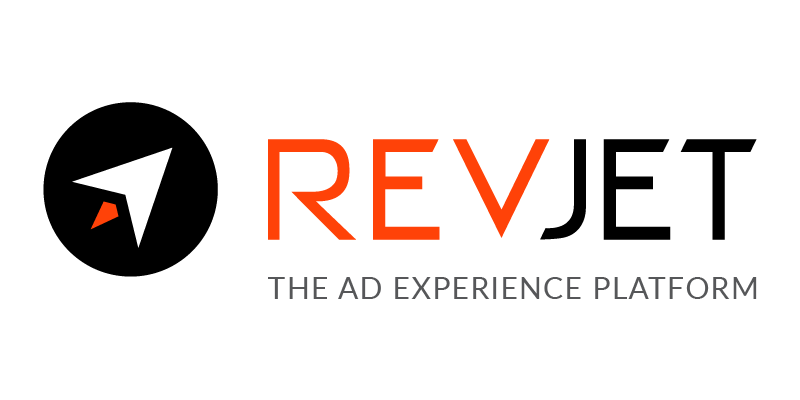Mitchell Weisman, Founder and CEO, RevJet says, with deeper and more meaningful systems, the debate on CPM(Cost per mille) should be over
Cost per mille (CPM), which is sometimes referred to as cost per thousand (CPT), is an old status quo for collecting fees on paid advertising and represents the cost an advertiser pays for every 1,000 views and/or clicks. The preliminary basis for this practice dates back many decades, but in the mid-1990s, CPM came to full fruition through companies and services like Netscape and Infoseek, which etched this concept into their pricing for online advertising. The equation is simple: CPM is determined by dividing the cost for placement by total impressions. And in online media, CPM-based systems at least provide basic statistics for views and clicks to justify their fees, but with the latest methods for data collection in mind, the question is: Why would anyone stop at that, especially when even the tiniest amount of demographic info adds so much to the value of marketing platforms and systems? We can (and some of us do) go so much deeper than that.
With the latest data-gathering, a properly devised ad system can collect a myriad of information to inform creatives—not just total clicks. Combined with the latest analytics, the potential uses for this data is nearly endless. This leaves one wondering why so many advertising and marketing programs are left clinging to CPMs? And, perhaps more importantly, why do some creative firms and advertising professionals let them get away with it? The answer might pertain to how we develop status quos and bake them into our industries. But let’s face it, that’s just another way of describing complacency.
A 2014 Nielsen study showed that 40% of creatives delivered through CPM-based systems failed to reach their target audiences. This shows us that, as the fields of marketing and data collection have advanced, CPM-based systems failed to evolve and keep pace. And it might sound obvious coming from me (the CEO of a marketing software provider that refuses to settle for such low-lying fruits), but this makes me wonder why anyone is still putting up with CPMs? These days, I would argue that CPM is a nickel-and-dime-based system that best serves salespeople and complacent software developers, by simplifying how they justify their paychecks. For this reason, I say that any system that’s based on basic electronic “envelopes” and “stamps” misses the mark for the opportunity. I would urge all of us to consider why providers of marketing software and delivery systems should earn their keeps via SaaS (software as a service), which charges a flat rate for applications and services through annual or monthly subscriptions.
When it comes to CPM-based advertising, what incentives exist for systems and software developers to focus on anything other than gathering sheer numbers (basic views or clicks) in order to justify their pay formats? Why should they spend their time focusing on quality of impressions, along with deeper and more meaningful data and analysis, when those value-added propositions do nothing to increase their bottom lines? By that token, with CPM, a boat full of minnows is every bit as valuable as one full of bigger and better fish (aka more targeted ads, with deeper, more meaningful analytics).
With the advent of digital advertising, let’s not forget that—for the most part anyways—deliveries are free. For this reason, comprehensive marketing technologies shouldn’t derive their values from basic delivery but should delve deeper into the practice of gathering and analyzing data to help inform creatives. Under a better premise, the value any marketing system delivers should no longer be based solely on clicks, but in the sort of analytics that serve up creative briefs—feedback that’s capable of driving anywhere from 50- to even 150-percent increases in things like audience engagement, brand impact, store visits and ultimately revenues. At RevJet, our services prove this concept day in and day out.
With SaaS-based systems, it’s product performance that drives not only cost and value but also satisfaction. That’s the premise that’s worth paying for because it places creatives and systems developers on the same page—with goals that center on better and more effective marketing and advertisements. While I can’t speak for other companies, I can say that’s why we embrace a flat-fee, SaaS-based format that includes full access to a lineup of click-to-download apps. By providing a suite of integrated apps for developing, delivering, measuring and analyzing creatives, we have every incentive to provide our customers with the value-added services that count—the sort of useful information and fixed pricing that CPMs cannot even begin to present.
Read the original article on MarTech Advisor.




